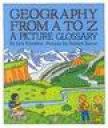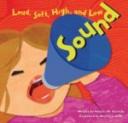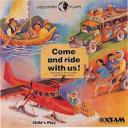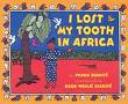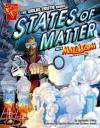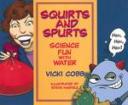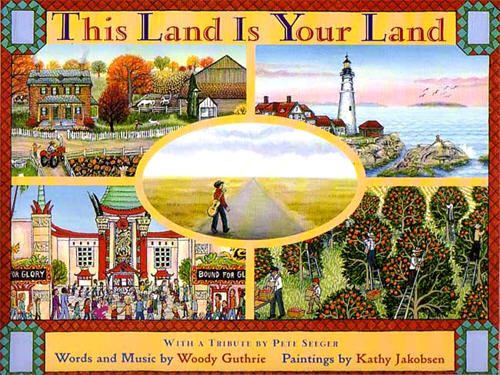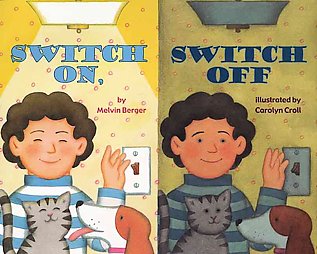“Do you know the differance between plateau and a plain? Between a knoll and an atoll? Have you ever wondered what a badland is? Or an isthmus? Or a gulch? The answers are all here! From the highest mountain peak to the deepest ocean trench.”
Geography From A to Z written by Jack Knowlton, pictures by Harriett Barton, is a great picture glossary for young readers. In this book, you will find a glossary of geographic terms, definitions, and bright colored pictures for each letter of the alphabet. This is a perfect book for introducing our geographic world to our young readers. This book not only gives definitions, but also examples that will help the children be able to relate the content information to their outside world.
“Archipelago- a group of islands clustered together in an open expanse of sea or ocean. The Philippine Islands are a large archipelago.”
Curriculum Connections:
This book would be suitable for any age, but I would use it for teaching in the second or third grade. Some of the terms might be a little advanced for first graders. However, I would recommend having this book in any teacher’s classroom library. When using it to teach a lesson, it is a great reference book. It has many definitions and descriptions of the earth’s features. Using this book would be an exciting way to introduce a lesson on bodies of water, (i.e. stream, river, swamp, and pond) or even the earth’s zones (i.e. tropical, temperate, and polar zones). Students will develop maps skills by locating the seven continents, the five oceans, near by rivers (James River, Mississippi River, and Rio Grande), and lakes (Great Lakes) in the United States and other countries. (2.5) It is a fantastic book with great pictures and definitions that will help students grasp an understanding of their surroundings and geographic world.
Additional Resources:
- Geography for Kids Here is a USA map match game that allows children to apply their knowledge using online recourses. It is a fun and interactive game that will capture any student’s attention.
- Remembering Continents and Oceans All children love to sing, especially in elementary school. So here is a website with two songs to sing which will help students remember their continents and oceans.
- Geography A to Z lessons This website is a valuable resource to find worksheets and activities for students learning about geography. These activities will assist students with geography skills, while having fun at the same time!
Book: Geography from A to Z
Author: Jack Knowlton
Illustrator: Harriett Barton
Publisher: Harper Collins Publishers
Publication Date: 1988
Pages: 47
Grade Range: First-Fifth Grade
ISBN: 978-0-06-446099-6

